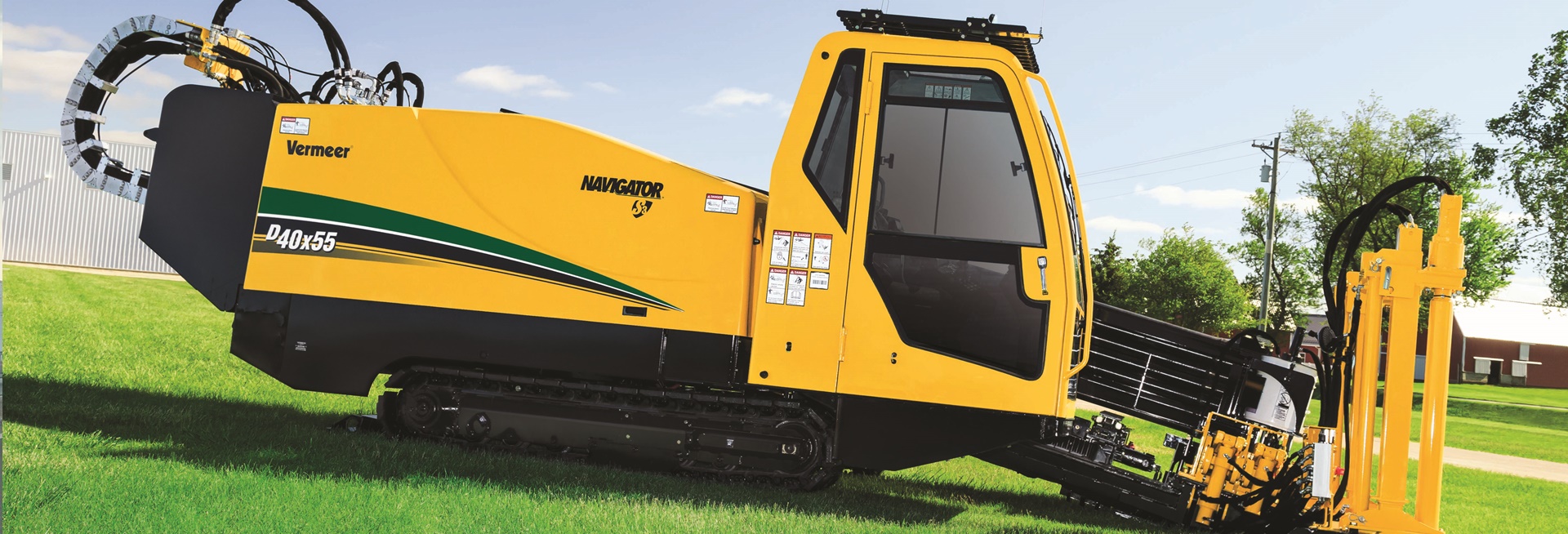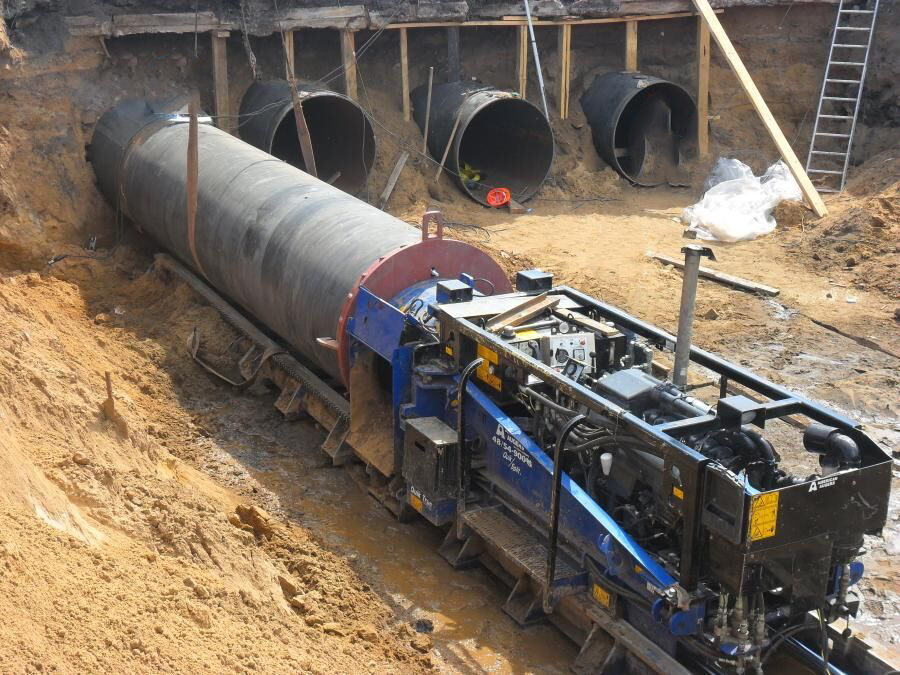
“Auger Boring” or “Auger Bore” (Turkish: Drilling) is an excavation method used in underground tunnel or pipe laying operations. This method is generally preferred for laying pipes, cables or transmission lines placed underground. Here is some basic information about Auger Boring:
Working Principle: Auger Boring generally uses a special drill bit or auger designed for drilling and digging into the ground. This drill bit proceeds by digging and removing the ground, thus creating a tunnel.
Equipment: The main equipment used for Auger Boring is usually a drill machine and a drill bit or auger attached to this machine. The drill machine is usually powered by a hydraulic system and controlled by the operator.
Application Areas: This method is used for laying infrastructure installations such as water, sewage, natural gas and electricity lines. It can also be preferred to open tunnels or provide underground passages for highway infrastructure.
Excavation Depth and Diameter: Auger Boring can generally create tunnels with a diameter of 250 mm and 1600 mm. Depth may vary depending on project requirements and local conditions.
Controlled and Precise Process: Auger Boring is a method that can keep the excavation process under control and minimize environmental impacts. Therefore, it can be preferred in projects that require environmental sensitivity.

Soil Types: This method generally works effectively on soft and medium hard ground. However, it may be more difficult to use on very hard or rocky ground.
Soil Samples: Soil samples taken during Auger Boring can help determine the properties of the ground and proceed in accordance with the project design.
Auger Boring is a widely used technique in infrastructure projects and is preferred due to its various advantages, controllability and effective excavation capabilities.
